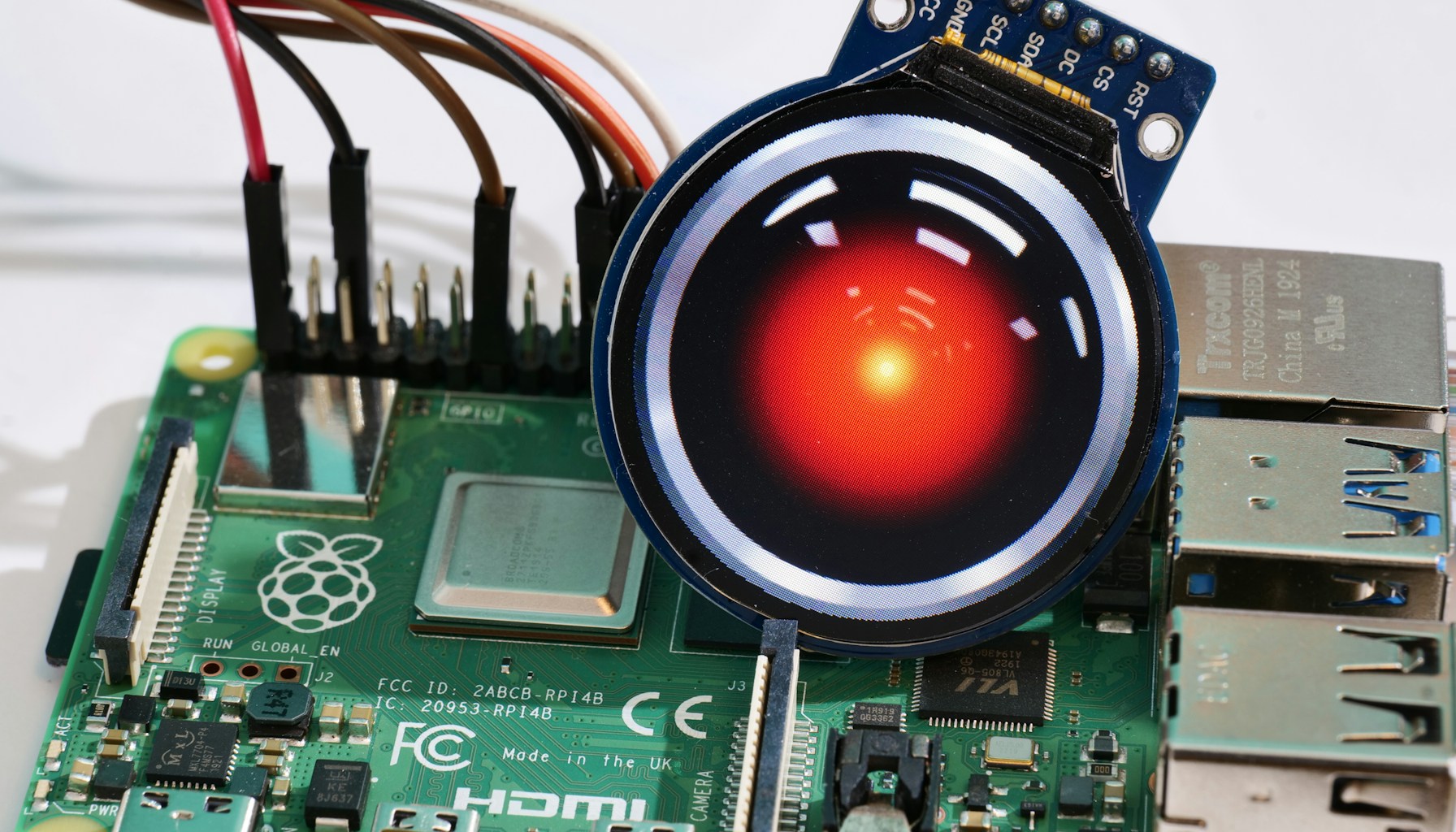Quantization in Edge AI: Boosting Efficiency Without Sacrificing Accuracy
Published 2025-11-08 · AI Education | Edge AI & Hardware

Imagine your smartphone running complex AI models without draining the battery in minutes. Sounds like magic, right? Enter quantization, a technique that's revolutionizing edge AI hardware by making models leaner and meaner. But how does it manage to keep performance up while cutting down on power and memory usage? Let's dive into the world of quantization and see how it's changing the game for edge AI applications.
What is Quantization?
Quantization is the process of reducing the precision of the numbers used in AI models, typically from 32-bit floating-point to 8-bit integers. This technique isn't new, but recent advancements have made it more effective and widely applicable in edge AI. With the growing demand for AI on devices like smartphones and IoT gadgets, quantization has become crucial for efficient computation.
How It Works
Think of quantization like packing a suitcase. You can fit more clothes if you roll them up tightly. Similarly, quantization compresses model weights, allowing them to fit into smaller, faster hardware. For example, Google's TensorFlow Lite uses quantization to run models on mobile devices, reducing latency and power consumption while maintaining accuracy.
Real-World Applications
Quantization is making waves in industries like healthcare, where portable devices need to analyze data quickly. In automotive, it helps run real-time object detection in self-driving cars. Even in consumer electronics, quantization enables smart home devices to process voice commands efficiently.
Benefits & Limitations
Quantization offers significant benefits like reduced model size and faster inference times, crucial for edge AI. However, it can introduce accuracy loss, especially in models sensitive to precision. It's not always suitable for all applications, particularly those requiring high precision, like financial forecasting.
Latest Research & Trends
Recent papers from major AI conferences highlight innovations in quantization techniques, such as adaptive quantization and post-training quantization, which improve model accuracy. Companies like NVIDIA and Qualcomm are integrating these advancements into their AI hardware, signaling a trend towards more efficient edge AI solutions.
Visual
mermaid flowchart TD A[32-bit Model]-->B[Quantization] B-->C[8-bit Model] C-->D[Edge Device Efficiency]
Glossary
- Quantization: Reducing the precision of model weights to improve efficiency.
- Edge AI: AI processing done on local devices rather than centralized servers.
- Inference: The process of running a trained model to make predictions.
- Latency: The delay before a transfer of data begins following an instruction.
- TensorFlow Lite: A lightweight version of TensorFlow for mobile and edge devices.
- Adaptive Quantization: A technique that adjusts quantization levels based on model needs.
- Post-Training Quantization: Applying quantization to a model after it's been trained.
Citations
- https://www.tensorflow.org/lite/performance/post_training_quantization
- https://developer.nvidia.com/blog/accelerating-ai-inference-with-quantization/
- https://arxiv.org/abs/2004.09602
- https://openai.com/index/prompt-injections
- https://www.qualcomm.com/news/onq/2021/03/23/advancing-edge-ai-qualcomm-snapdragon
Comments
Loading…